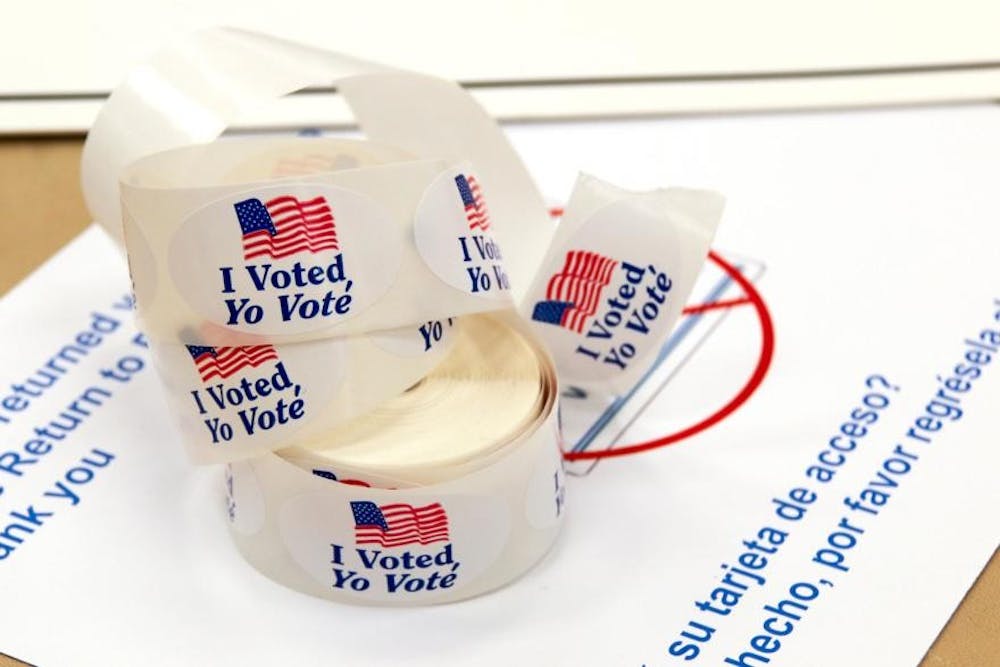With the presence of COVID-19 in this election season, many states are making voting by mail more accessible than it has been in the past. Several states including Colorado, Hawaii, Oregon, Utah, and Washington have conducted all-mail elections in the past, but for those that have not, handling the massive amounts of mailed ballots will almost certainly prove to be overwhelming.
The history of mail-in ballots is a tricky one, because it’s not necessarily reflective of how the system actually works. Taylor’s Assistant Professor of Political Science, Dr. Jakob Miller, was able to give more insight on the subject.
Historically, mail-in voting was said to have benefitted the democractic party, according to Miller, which led to democratic candidates and states being pro-mail-in, whereas republican candidates and states were less keen on the idea.
This is due to the initiative behind the idea of mailing in a ballot.
For instance, college students often had to vote by mail, as they were not present in their home county on voting day. College students are assumed to vote more progressive, as compared to their elderly counterparts who voted primarily conservative, according to Miller.
However, in a study conducted by Stanford, it was found that mail-in voting had no benefit for any one party over another.
“In our data, we confirm important conventional wisdom among election experts: vote-by-mail offers voters considerable convenience, increases turnout rates modestly, but has no discernible effect on party vote shares or the partisan share of the electorate,” the study said.
Miller continued by saying that this is because mail-in voting also encouraged the elderly population to vote more, which ultimately balanced out the new system.
But just because the system yields no partisan favor does not mean that it is free of flaws.
Earlier this year, Nevada implemented all-mail voting, but its former Attorney General Adam Laxalt has serious doubts about the state’s ability to conduct the process well.
“Nevada is simply not prepared to guarantee a safe and free election,” Laxalt said to Fox News.
In Indiana and most states, registered voters are able to vote by absentee ballot if they cannot physically make it to the polls on election day. This includes a three-step process of requesting a ballot application, sending in the application, and then filling in and submitting a ballot. Recently, however, some states are offering all-mail voting. As an alternative to requesting absentee ballots, select states have adopted the mass-mailing of ballots to every registered voter, and this has elicited a variety of responses from people on both sides of the political spectrum.
Miller offered the perspective that the application process of absentee ballots eliminates much of the risk of voter fraud and helps ensure that the person whose name is on the ballot is indeed the person who filled it out. Most states that conduct universal mail-in voting in addition to absentee voting have extra precautions in place to make up for the lack of initial verification that the application process provides.
“The main danger is being a state that is brand new to mail-in voting and has not yet figured out some way to catch up that additional verification,” Miller said.
With many states employing this method of voting for the first or second time this election, Miller’s point is extremely applicable and calls for serious consideration. If a significant number of votes are cast through all-mail voting in states that are not well equipped with the proper ID verification to detect any fraudulent voting habits, then we could be facing serious difficulties in keeping the integrity of this election intact.





